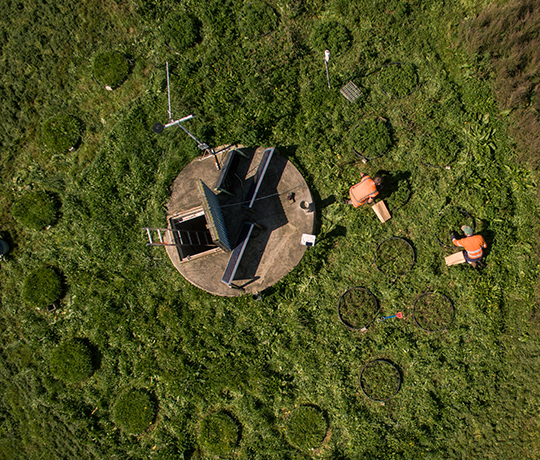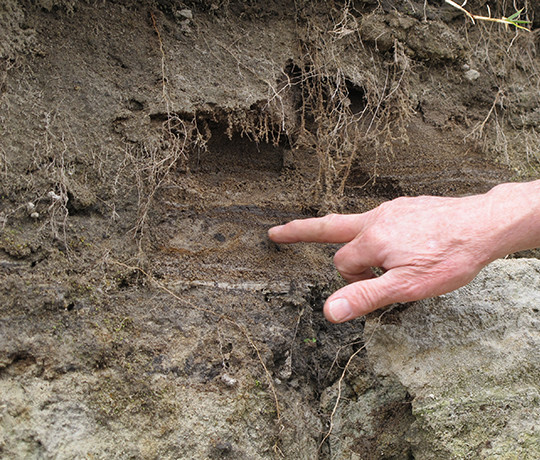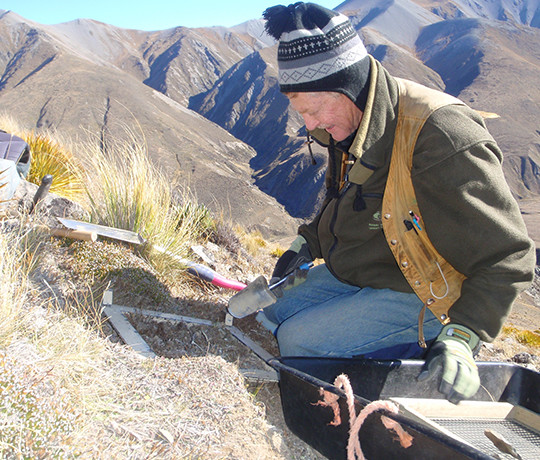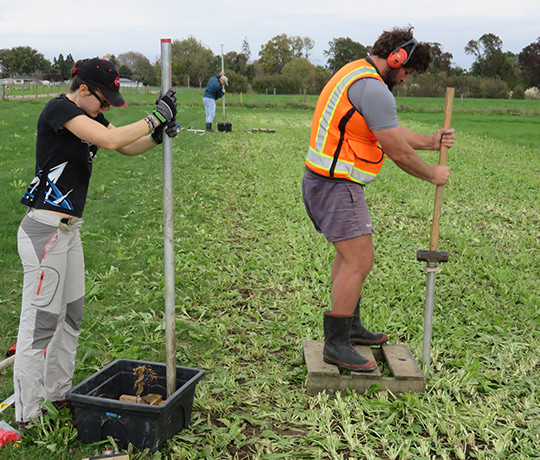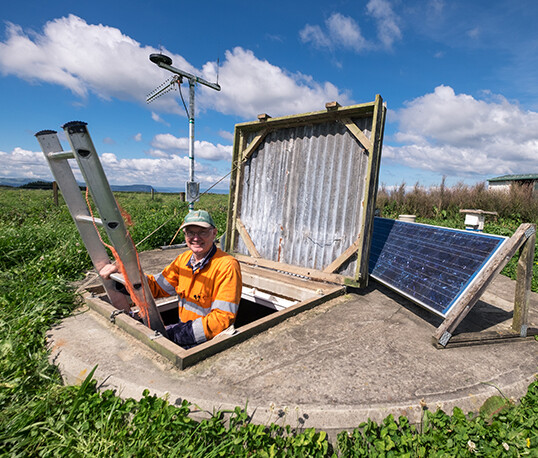Soil functions
- Home
- » Topics
- » Soil functions
Even though we are mostly unaware of it in our everyday lives, soils play important roles and provide materials and ‘services’ without which our modern lives would be impossible. Producing our food is an obvious one. Filtering our water and buffering harmful substances are other vital aspects.
This section highlights some of the contexts in which soils play crucial roles, and where wise soil management can make all the difference.
If you have never heard about soil functions before, read our introductory text on the topic.
Soils underpin agricultural, livestock and forestry production systems, providing a wide variety of ecosystem services.
It is an urban myth that managing soils will result in degrading or deteriorating them. Using a soil for a specific purpose will likely change several of the soil chemical, physical and biological properties over time. Often it is the type and intensity of the intended use of the soil or land that will determine if these changes are favourable or rather undesirable from a human viewpoint.
To make things even trickier, when using land for agriculture, horticulture or forestry we will induce changes that enhance the production function, but at the same time may negatively impact on other functions such as e.g. the ability to filter water, or host soil (biodiversity). Often, unfavourable on- and off-site affects of a particular land use are not immediately visible but take time to develop and become more pressing over time.
This means there are synergies, but also 'trade-offs' between the various soil functions.
Globally, soils store two-thirds of all fresh water and are the largest terrestrial water reservoir.
Soils and water are intricately linked. Water is an integral part of the soil, controlling transport processes, biological activities, or nutrient supply to name just a few. The various types of soil and their water-related characteristics also directly affect soil management, e.g. in terms of irrigation requirements, or workability over the year.
In our New Zealand climate, from mid Autumn to spring precipitation usually exceeds evapotranspiration, leading to a downward movement of water through the soil. This means elements are ‘lost’ to the groundwater rather than accumulating within the soil like in hotter and drier climates. We therefore need to match our soil inputs with plant requirements if we want to avoid negative ‘off-site’ effects of land management.
The life in the soil beneath our feet represents around a quarter of all biodiversity on Earth.
Soils are alive. There are more species of organisms in the soil than there are aboveground, and a single handful of soil contains millions of individual living organisms. They are not just sitting there, but they actually are the ‘engine’ of soil formation and functions. One of their main jobs is the breakdown or ‘decomposition’ of animal wastes, fallen leaves, and the dead plants and animals. This releases fresh nutrients for plant growth. They are also behind building and maintaining soil structure, and some of the water filtering services that soils provide.
Acknowledging that soil organisms are responsible for nearly all vital soil functions provides a strong motivation to make sure we look after them when managing our land. The strong aboveground-belowground interactions mean that our own actions will determine how functional and ‘healthy’ our soils will be.
Soils are the largest store of terrestrial carbon on Earth. Conserving and potentially even increasing it can help to mitigate climate change.
A substantial part of the pore space of soil is filled by air. The composition of soil air is different from atmospheric air, though. Soil air contains a much greater proportion of carbon dioxide and a lesser amount of oxygen; at the same time, soil air contains a far greater amount of water vapour than atmospheric air. What exactly constitutes soil air at a given moment in time depends on a wide range of factors such as soil type, soil condition, type of crop, microbial activity, season etc.
Understanding soil aeration is vital for soil management, as some practices tend to compact the soil and reduce pore space, affecting gas exchange between the soil and the atmosphere. But it is also important in the context of a changing climate. Why is this?
Humankind is facing tremendous challenges in agriculture. Understanding and achieving sustainable soil management has never been more important.
Most soils are able to provide a range of different functions. But that does not mean all soils are capable in the same way. Wise soil management acknowledges that there are trade-offs between the various soil functions, and strives to balance the functions as much as possible. It considers the limitations a soil may have, and looks at how undesirable soil change can be minimised.
Building blocks for wise soil management can e.g. be:
- Know your soil(s): Check on available soils information for your land [link to S-map Online]; are soil conditions such that it can sustain the intended management? If unsure, get professionals to look at your soil before making far-reaching land use and management decisions
- Make use of the diversity of soil types on your land; e.g. adapt land use to the various soil depths, texture, and stoniness. The shallower a soil is the more likely leaching of excess nutrients will be an issue. Soils with poor drainage may at times have a high watertable and be vulnerable to pugging damage and runoff.
- Use management practices that support life in the soil, or avoid/minimise those that don’t. Soil life is the ‘engine’ of soil formation, and is the basis of healthy and fertile soil.
- Maintain vegetation and soil cover around the year to reduce the inpacts of wind and water erosion.
- Monitor your soil. There is a wide range of visual soil assessments you can use to assess your soil(s) quickly and free of charge.
